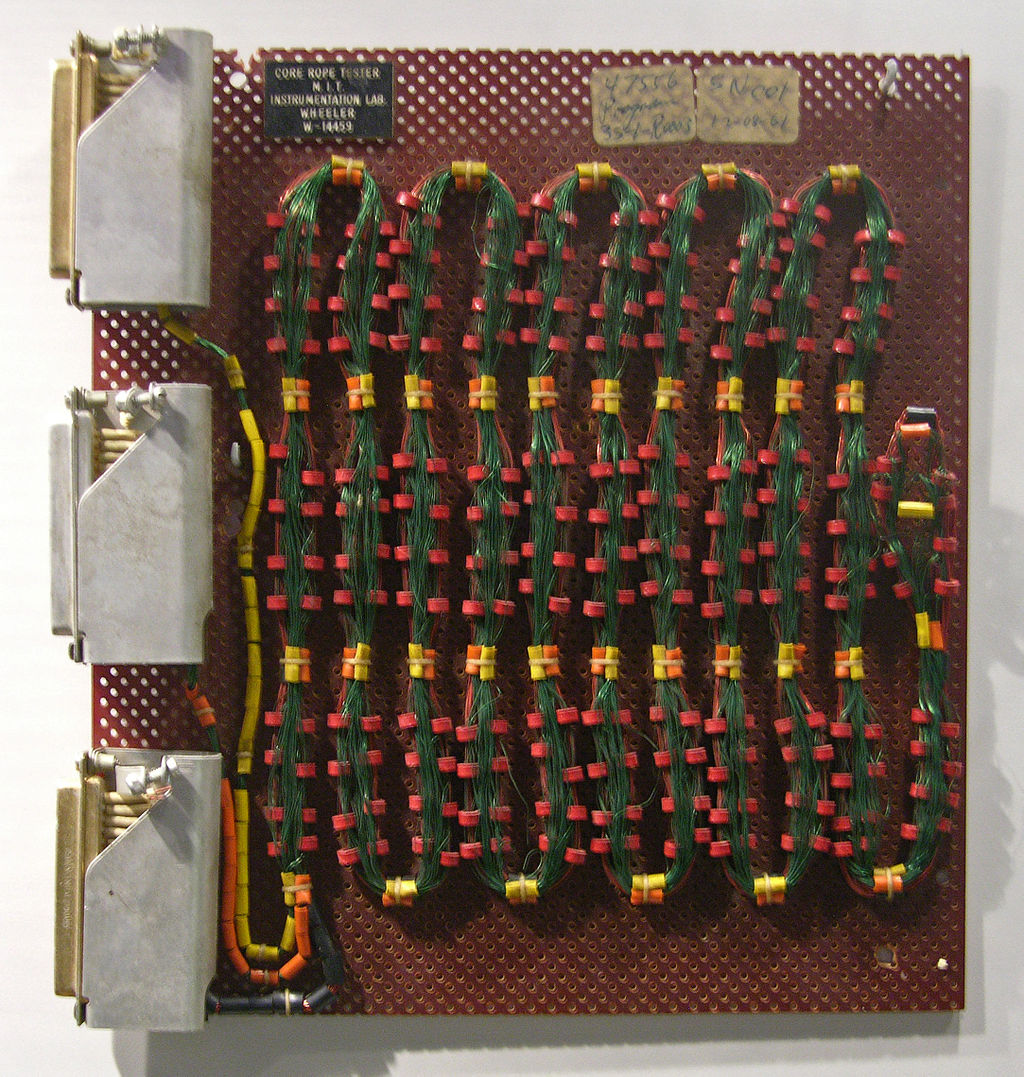Back in middle school my friends and I bought an ancient computer from a bank, a Singer 5800, IIRC. It ran on 240v so we had to unplug the dryer to use it. It had a built-in seat, with the tty, processor, memory, paper tape reader, and printer kinda wrapping around the operator’s seat. It even had a little section you could flip down to bridge the last gap, leaving you totally surrounded. It was a hoot and a half going through the 5’ higher stack of manuals and learning how to use and program it. Inside the memory cabinet, where the 4K of core memory lived, someone had velcroed a horseshoe magnet to the door, with “delete utility” written on it.
Good times.

